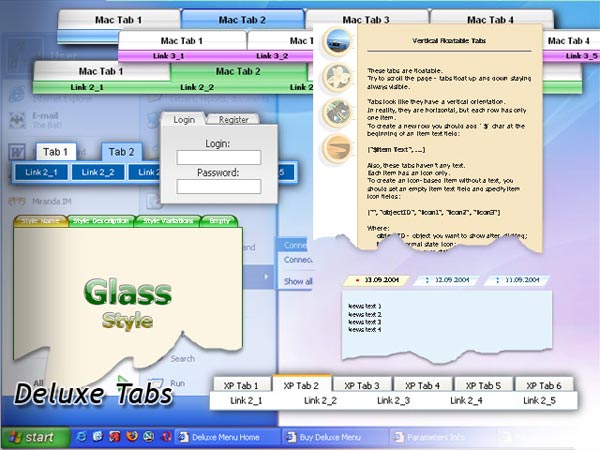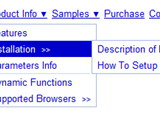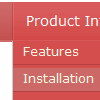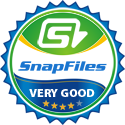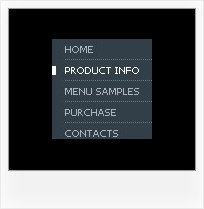Template:
Orange Tabs Template - Rollover Drop Down Menu- UL/LI items structure
- Top items and submenus have a shadow
- Transition #14 - "fade out" effect
- Unlimited number of sub levels
- Hundreds of pre-designed templates
- Filters and Transitional effects
- Inactive/Disabled items
- Status string shows item labels

